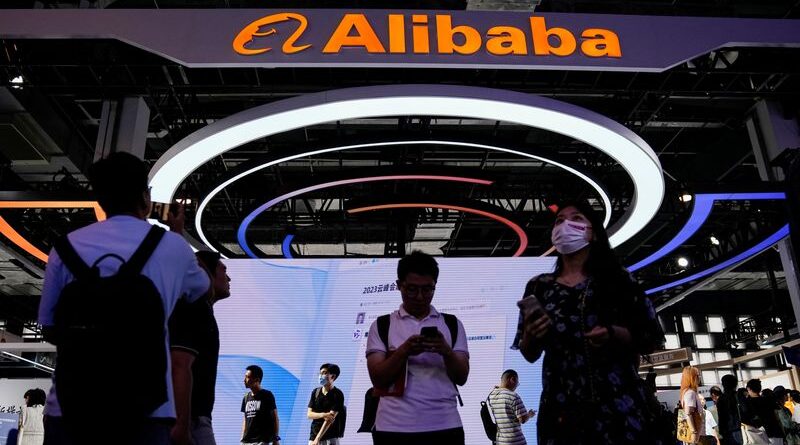Alibaba, a Chinese tech company, released new open-source AI models and text-to-video AI technology on Thursday
This is part of its larger strategy to fight in the growing field of generative AI.
Over 100 open-source models are part of Alibaba’s Qwen 2.5 family, which was its newest basic large language model in May. Chinese tech companies invest much money in generative AI, just like their American peers. Companies are racing to make their product lines as complete and varied as possible.
Baidu and OpenAI, two of Alibaba’s rivals, have focused on closed-source methods. However, Alibaba has taken a different approach, investing in closed-source and open-source development to grow its AI products. The new models have between 0.5 and 72 billion parameters, which are the factors that affect how well an AI model works. They are good at math, code, and more than 29 languages.
These models are aimed at various AI uses, including those in science, games, and the automotive industry. Alibaba also showed off a new text-to-video model as part of its Tongyi Wanxiang picture generation family. This puts Alibaba in line with other Chinese tech companies entering this new market.

This means that Alibaba is going up against big companies like OpenAI, which is also interested in text-to-video technology. ByteDance, which owns TikTok, released the text-to-video app Jimeng AI on Apple’s platform in August.



